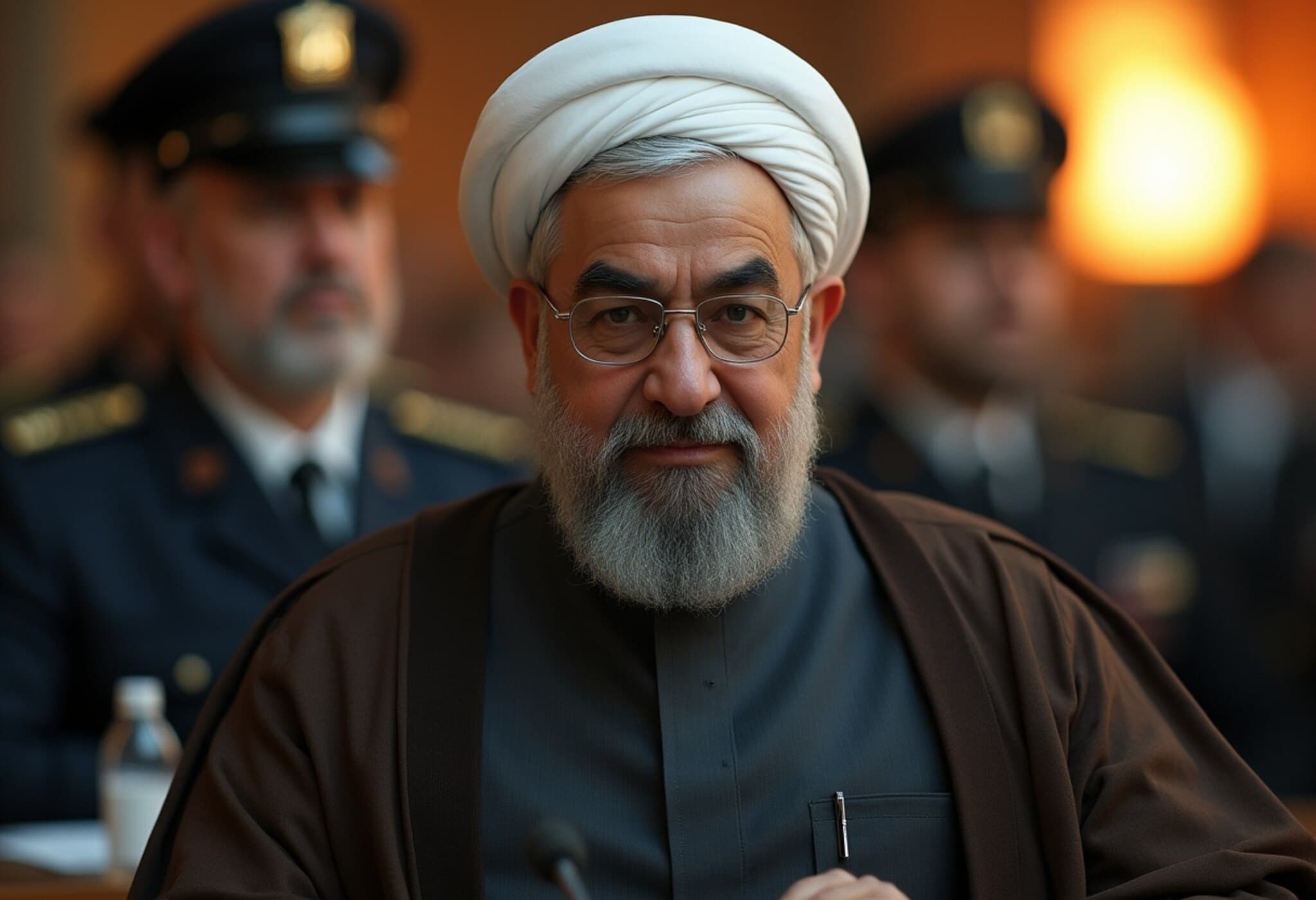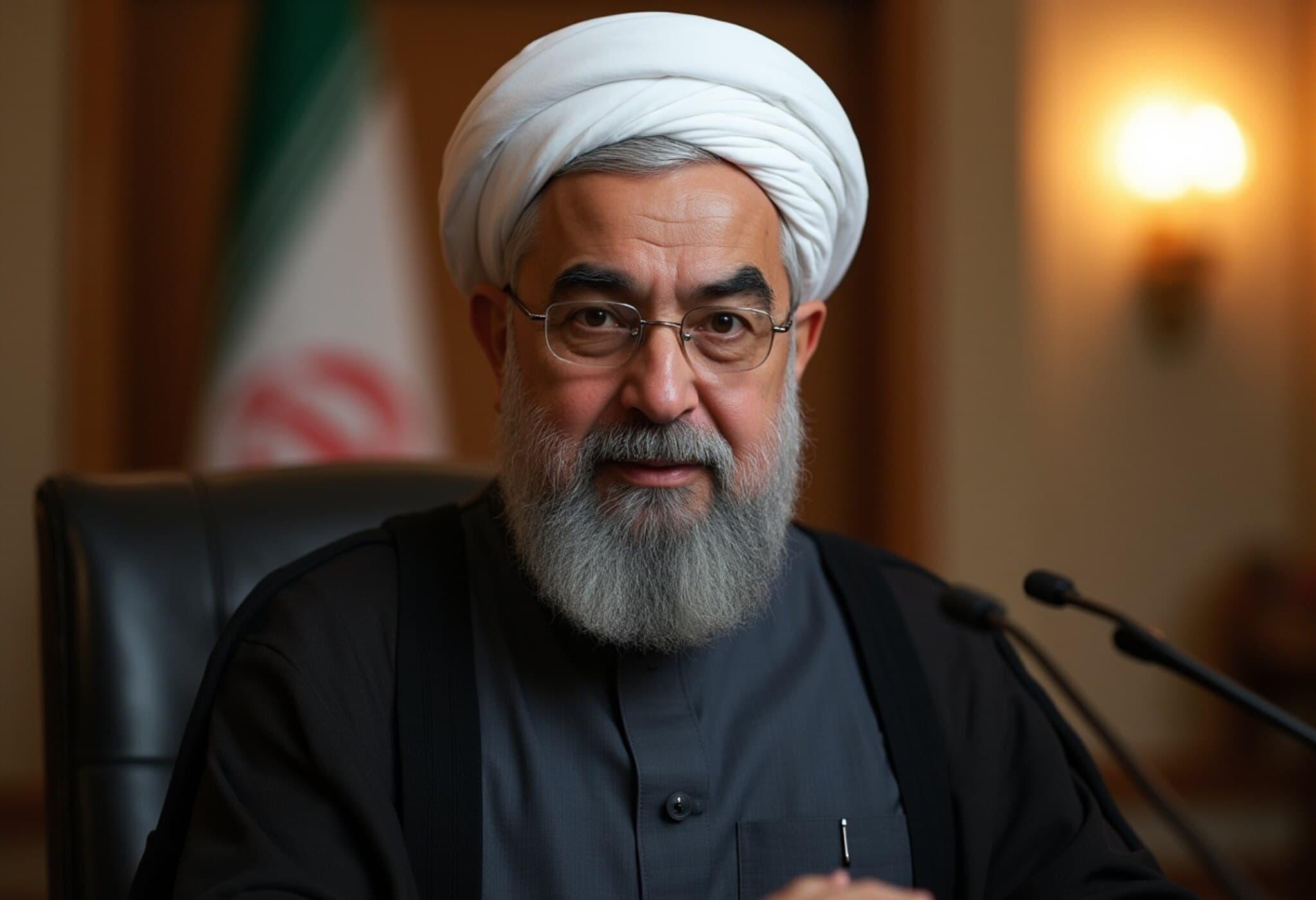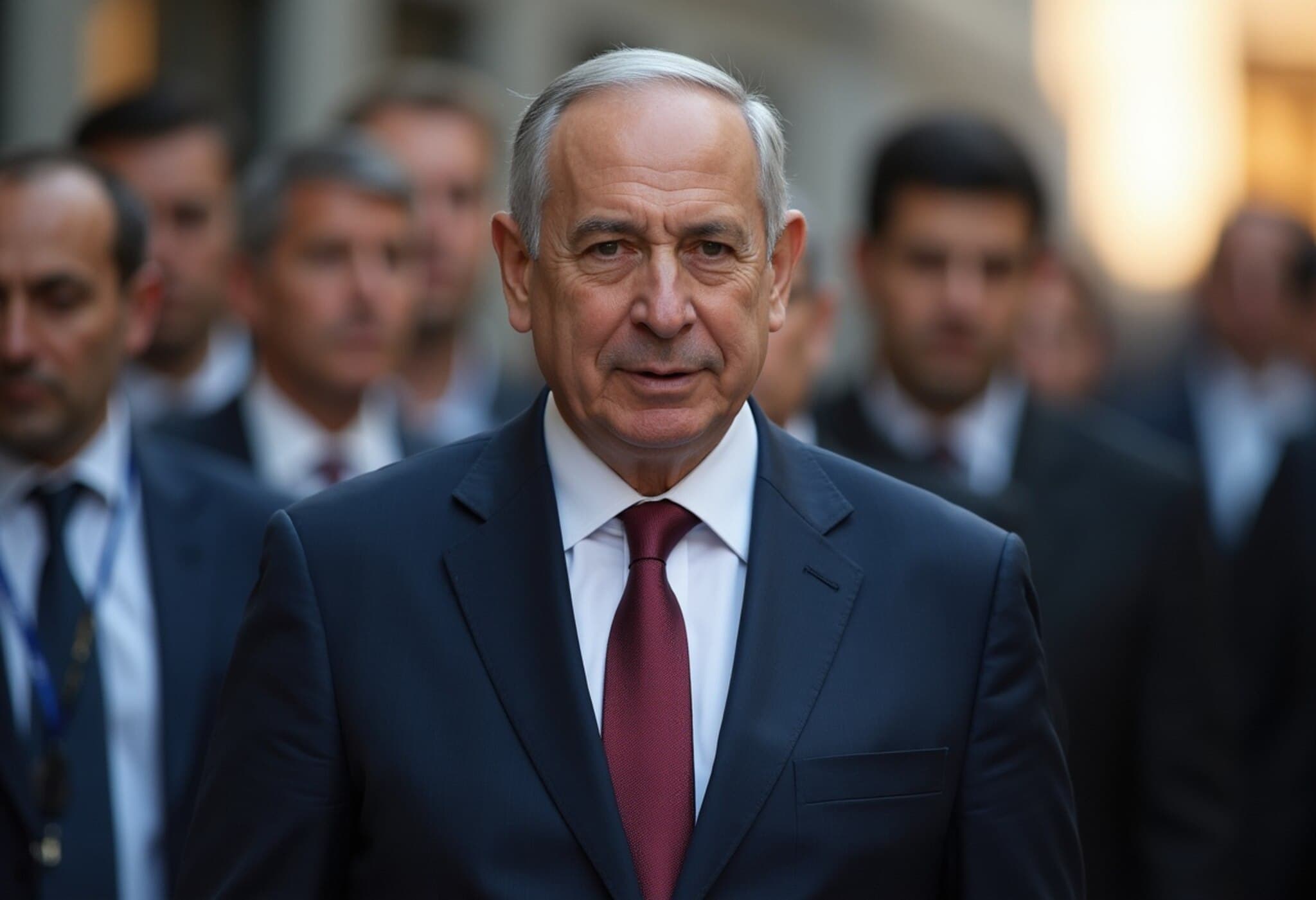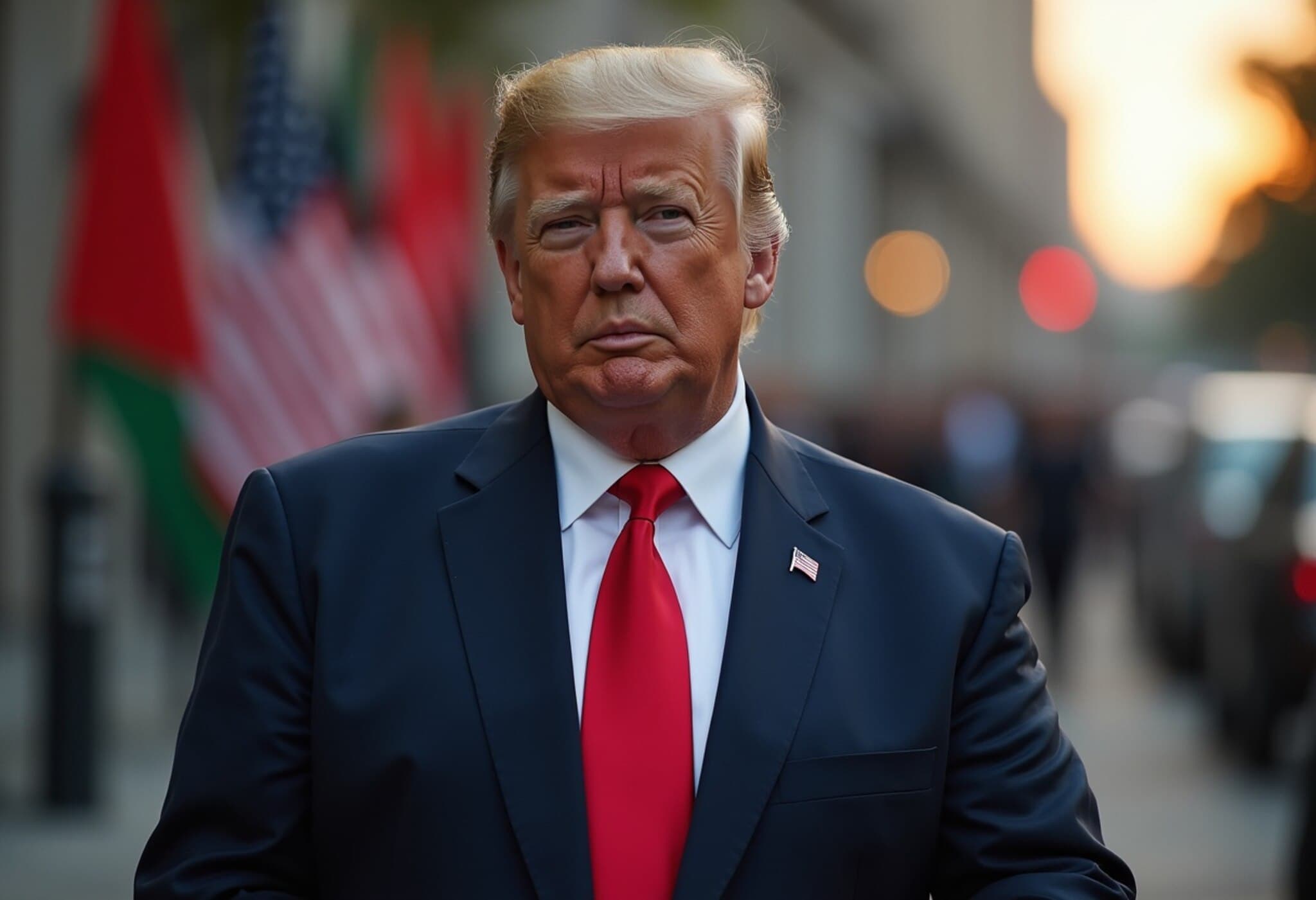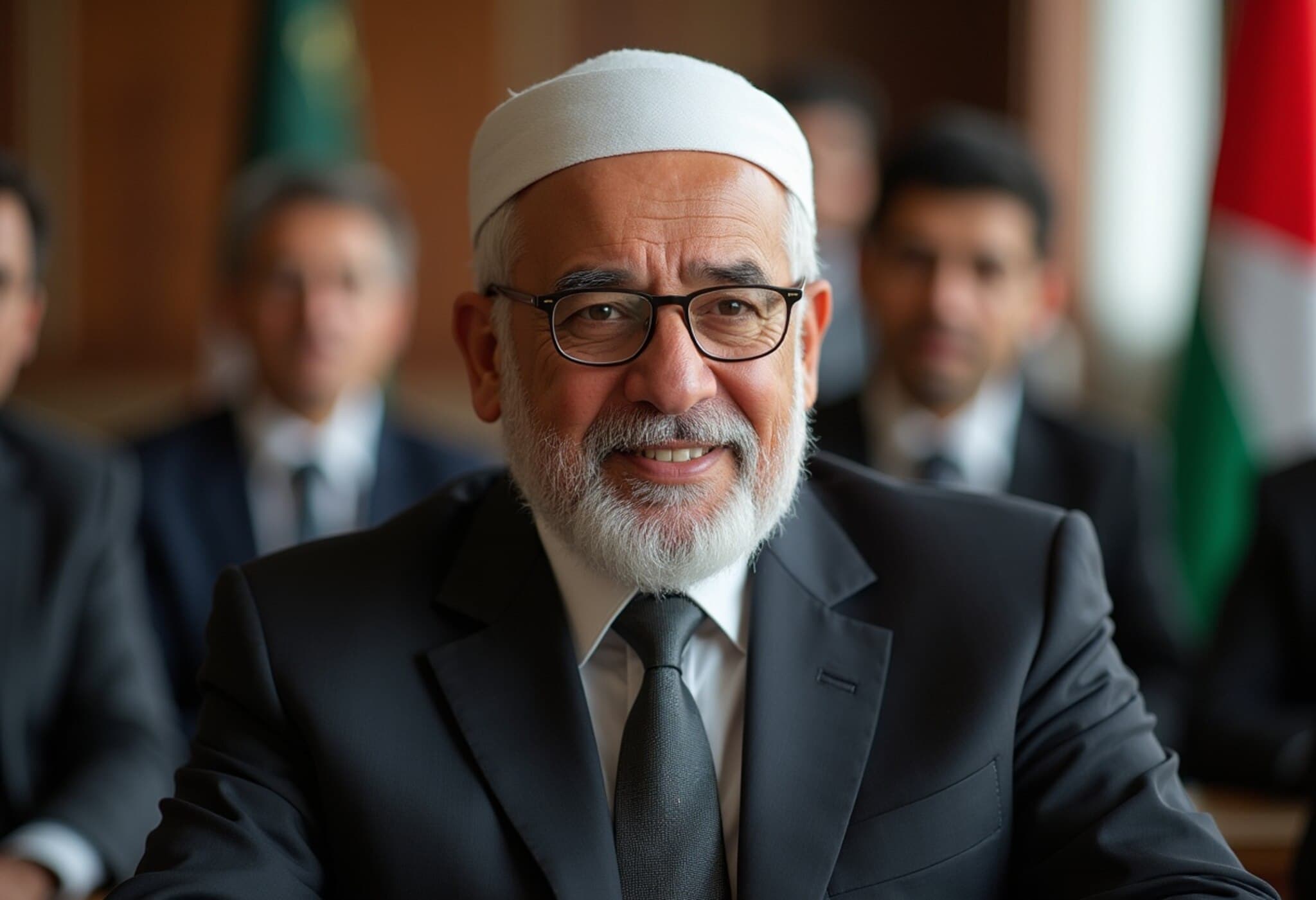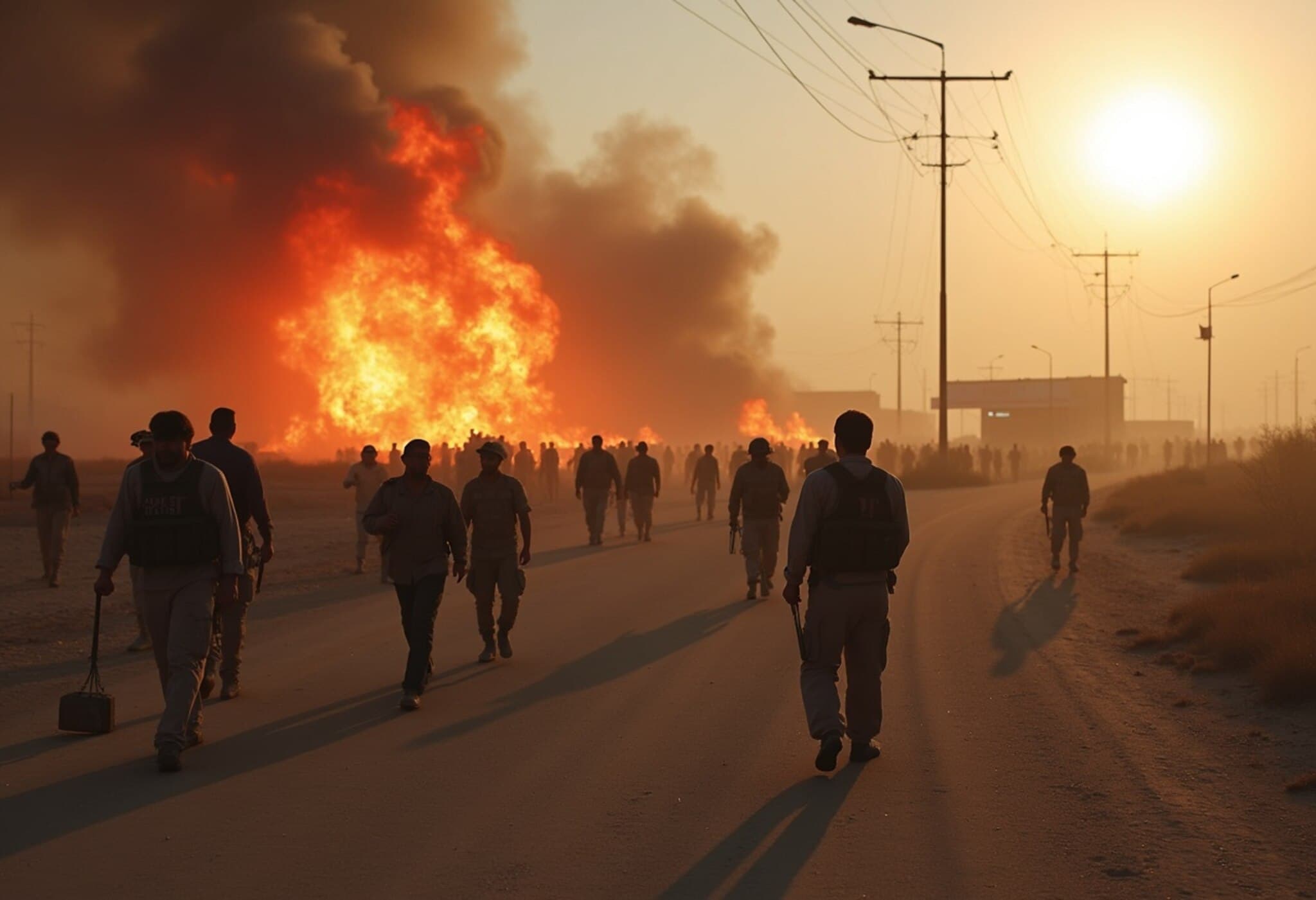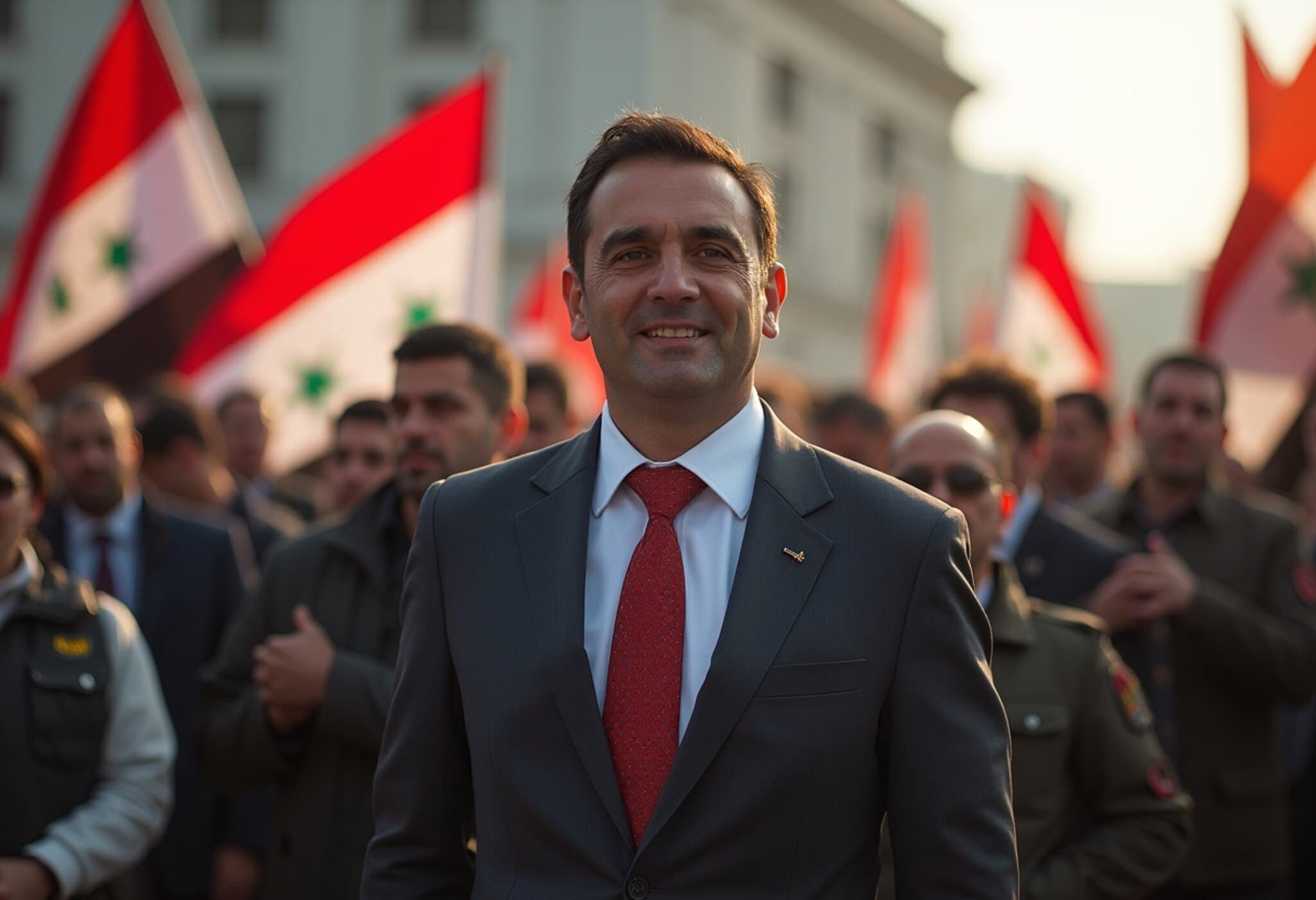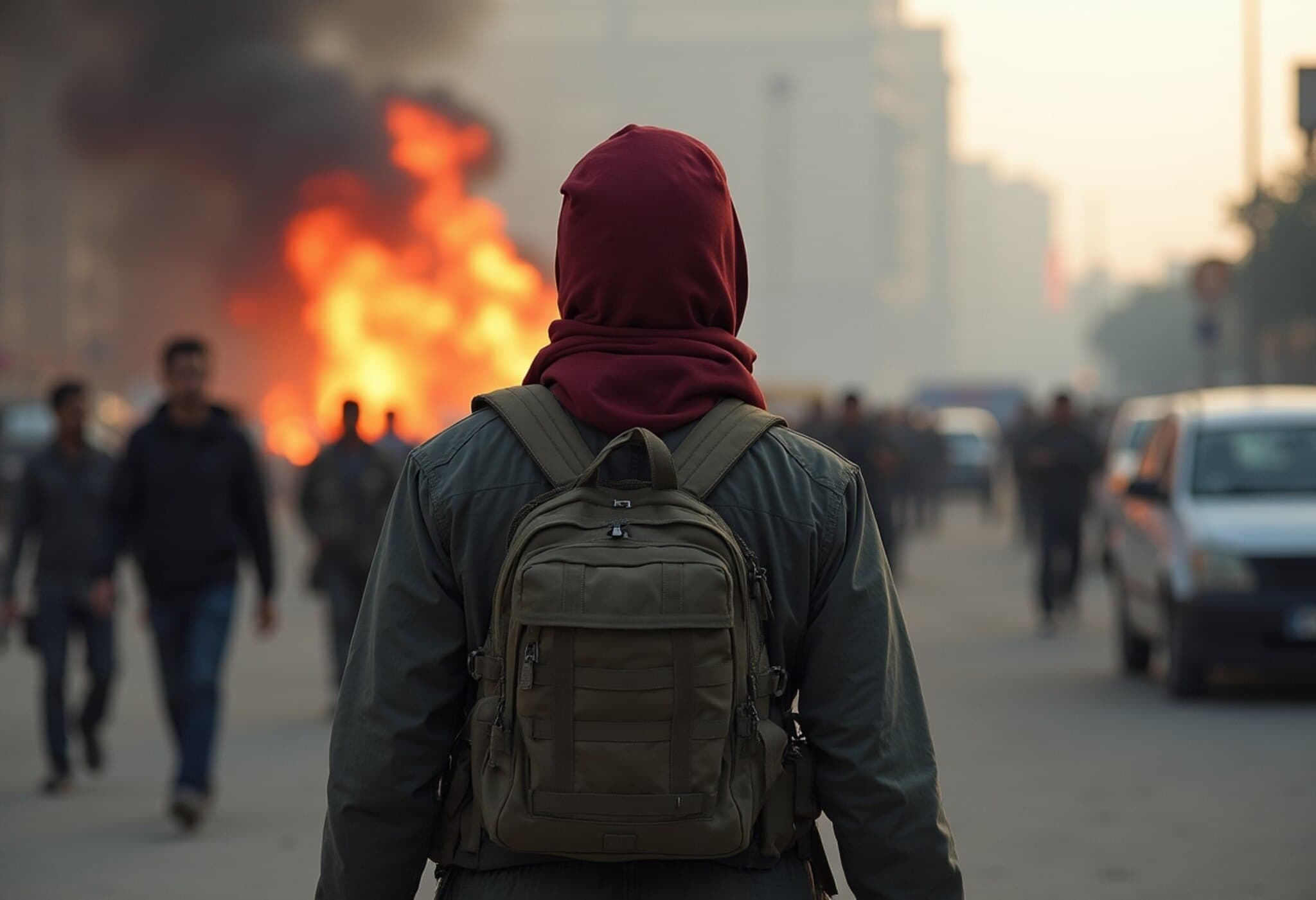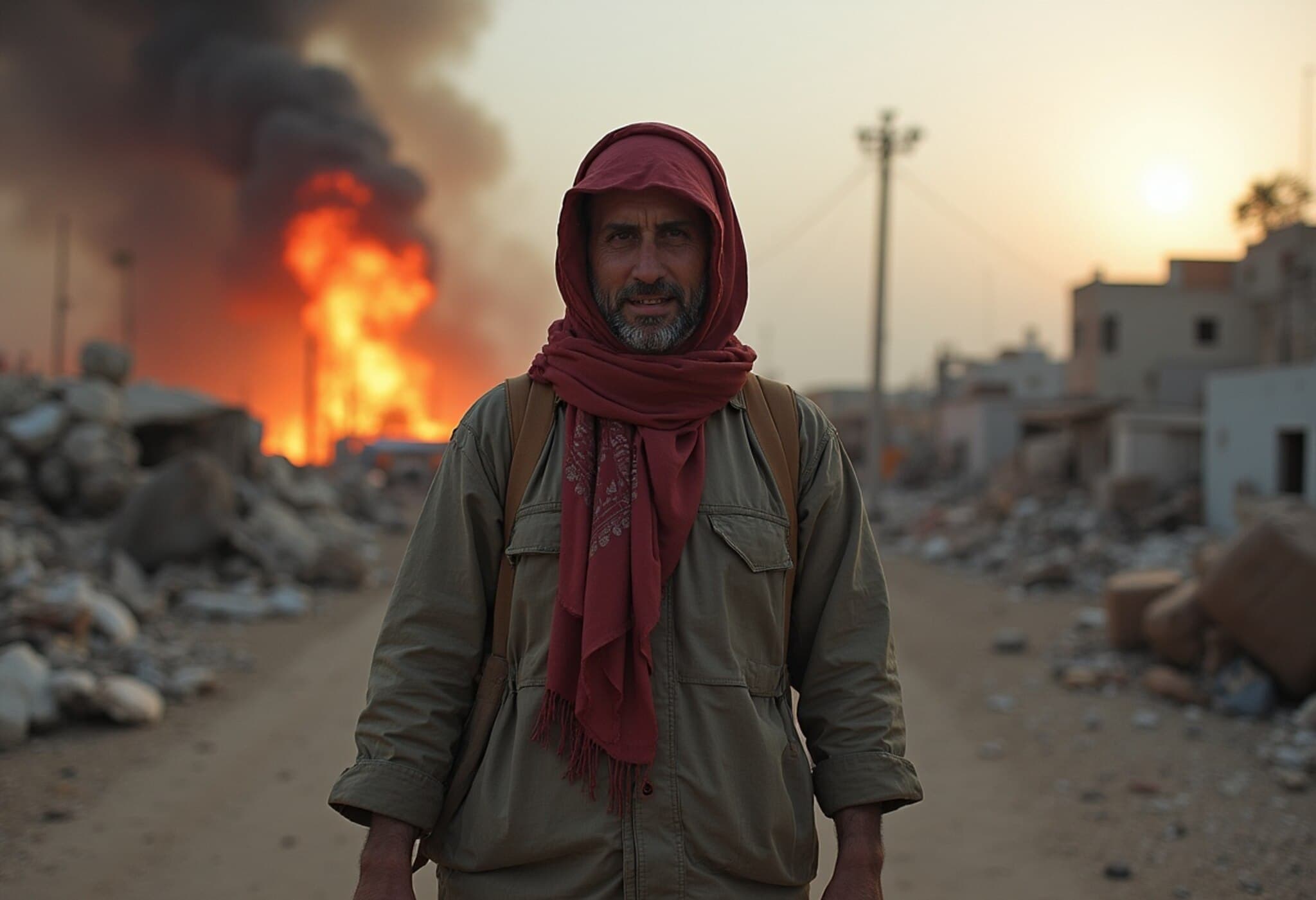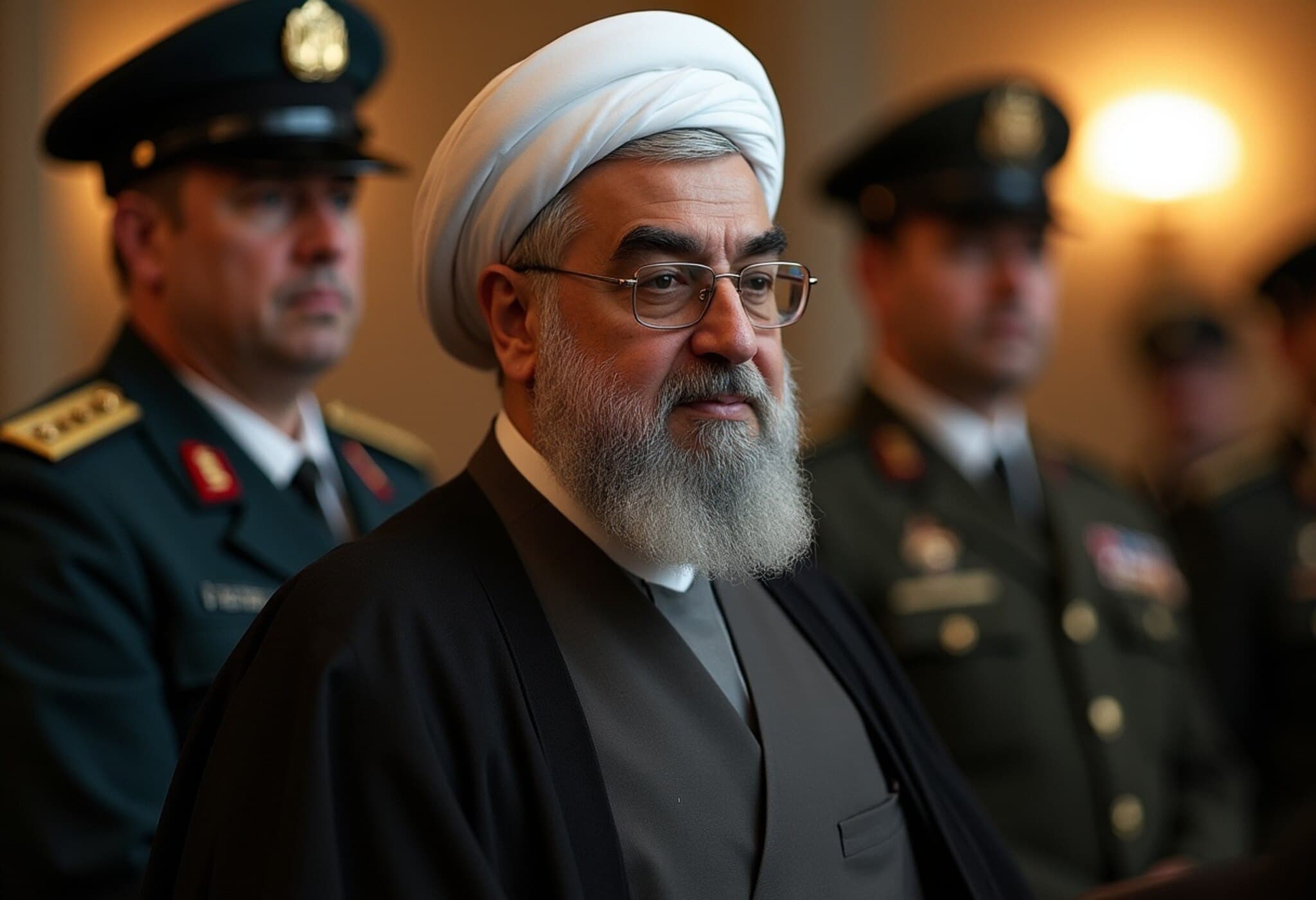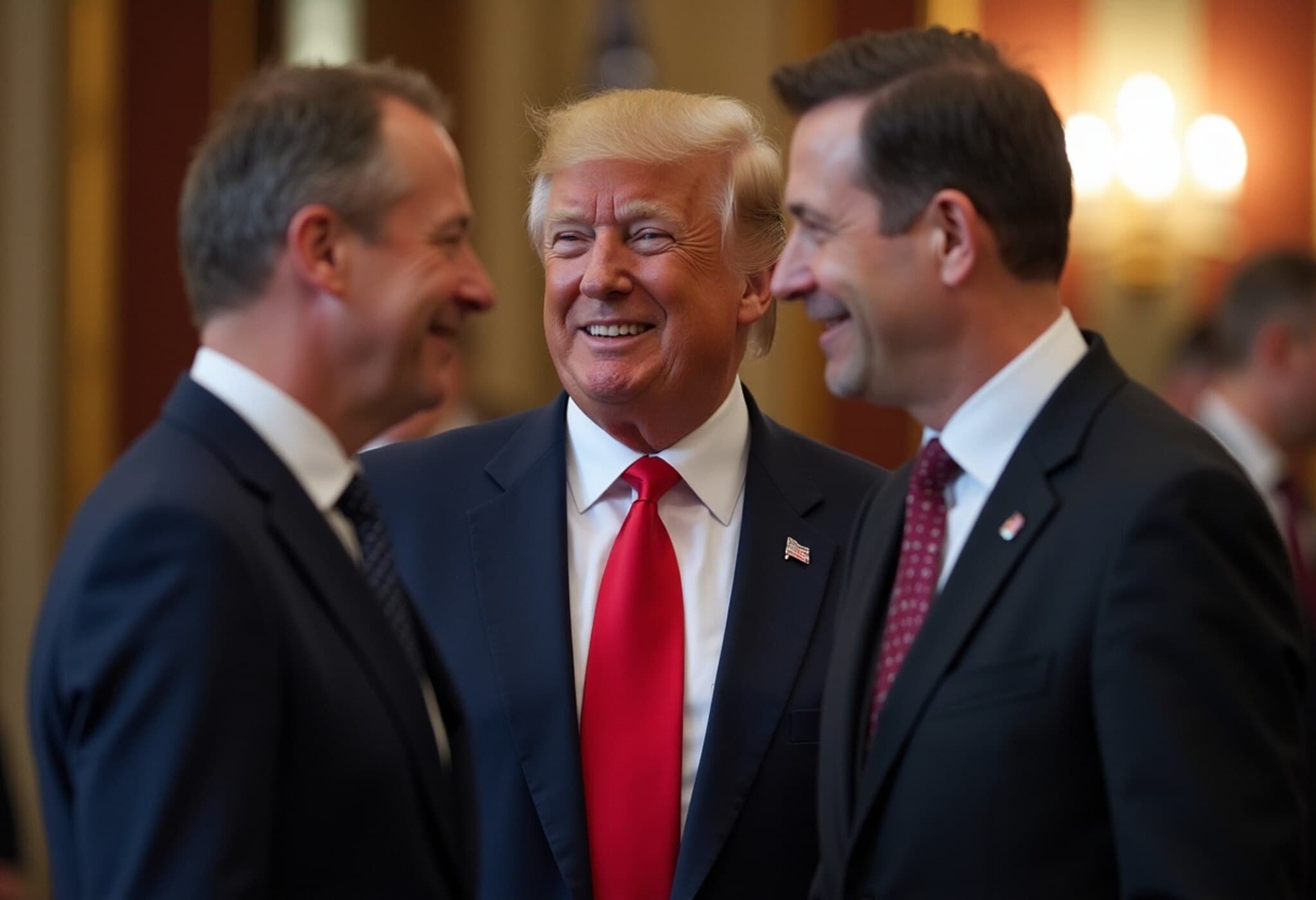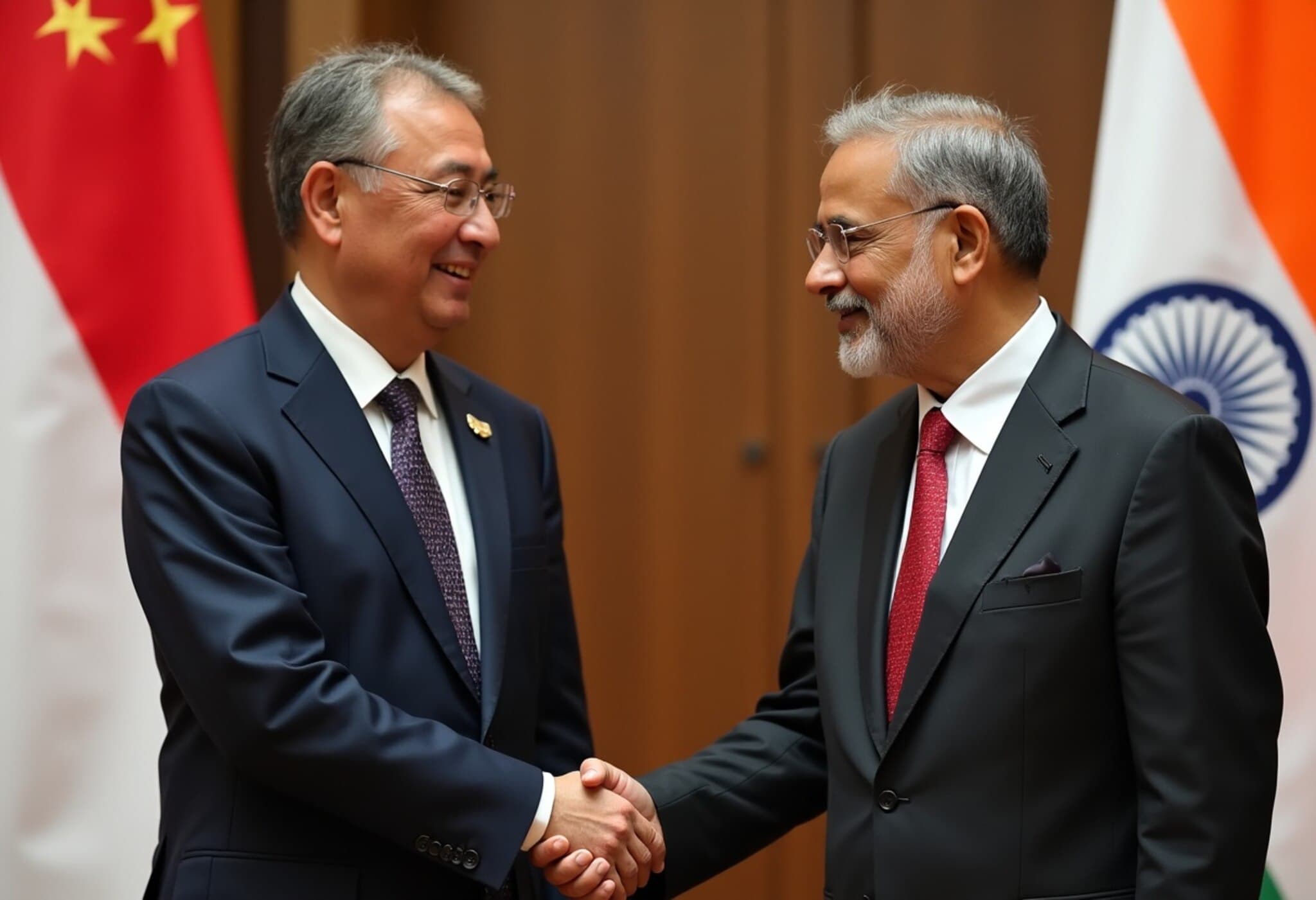Iran’s President Masoud Pezeshkian Hurt Amid June Israeli Airstrikes on Tehran
In a dramatic escalation of hostilities between Israel and Iran during June 2025, President Masoud Pezeshkian reportedly sustained leg injuries while inside a clandestine underground facility in Tehran targeted by Israeli airstrikes. This revelation comes from Iran’s state-linked Fars News Agency, underscoring the secretive nature of the events and Tehran’s acute vulnerability to precision strikes.
Details of the Attack on Tehran’s Hidden Stronghold
According to reports citing Fars News Agency via BBC, on June 16, a barrage of at least six bombs struck Tehran’s covert subterranean installation. This ultra-secure bunker was not just any facility but the meeting place for Iran’s Supreme National Security Council, the powerful body governing national security decisions beneath the Supreme Leader’s office.
President Pezeshkian was convening an urgent session when the strikes hit both the entry and emergency access routes to the underground complex. The force of the bombs inflicted injuries on him as he and others made a harrowing escape through an emergency shaft, highlighting the precarious security situation for Iran’s senior leadership.
Strategic Implications and Regional Context
Israel has yet to officially comment on Pezeshkian’s injury or the specifics of the strike, maintaining a stance of ambiguity. Earlier in the conflict beginning June 12, Israeli forces publicly acknowledged targeting senior commanders of the Islamic Revolutionary Guard Corps (IRGC), and reportedly attempted to locate Supreme Leader Ayatollah Ali Khamenei, which signifies the strategic nature and depth of the operation.
This development adds a new dimension to an already volatile Israel-Iran confrontation. The targeting of a presidential-level figure inside a high-security command bunker signals a shift towards deeper tactical penetrations within Iranian sovereign territory. It also raises concerns about potential escalation, international diplomatic repercussions, and the security of vital command centers.
Official Responses and Unanswered Questions
- Iran’s position: While Iranian authorities have not released detailed official statements, Pezeshkian himself recently accused Israel of attempting to assassinate him, claims that Israel’s Defence Minister Israel Katz has publicly denied, insisting regime change was not an objective of their campaign.
- Verification gaps: Independent verification of Pezeshkian’s injury remains elusive, reflective of the opaque nature of military conflicts and the strategic use of information by both sides.
- Security council’s role: The attack on the Supreme National Security Council—an institution pivotal in shaping Iran’s domestic and foreign policy—exposes vulnerabilities that may influence Iran's internal decision-making and regional posture.
Underreported Narratives and Broader Significance
What remains less explored is the human dimension behind these headlines—the strain on Iran’s leadership and civilian population caught between cycles of military retaliation and domestic political pressures. Furthermore, this incident highlights the increasing use of underground bunkers and secret facilities by states engaged in proxy and direct conflicts, raising questions about the future of urban warfare and state security in the 21st century.
From a geopolitical lens, the attack could potentially recalibrate the calculus of power in the Middle East, especially concerning U.S. allies, nuclear diplomacy, and Iran’s regional influence. For Americans and policymakers, these developments warrant close scrutiny as they could impact global energy markets, intelligence operations, and alliance dynamics.
Conclusion: A Fragile Balance in a Volatile Region
The injury of Iran’s President Masoud Pezeshkian during these Israeli strikes is a stark reminder of the high stakes and human costs entwined in Middle Eastern conflicts. As both nations navigate this precarious confrontation, questions linger about how these aggressive tactics shape long-term peace prospects and regional stability.
This incident reveals the shadowy battleground beneath Tehran’s streets and the vulnerabilities of leadership even in fortified spaces. It forces us to consider not only the immediate military outcomes but also the psychological toll and strategic implications that ripple far beyond Iran and Israel, affecting global peace efforts. As this story develops, critical questions remain: How will Iran rebuild trust internally after such breaches? Could further strikes escalate into wider conflicts? And, importantly, how should the international community respond to safeguard stability while addressing security concerns?

